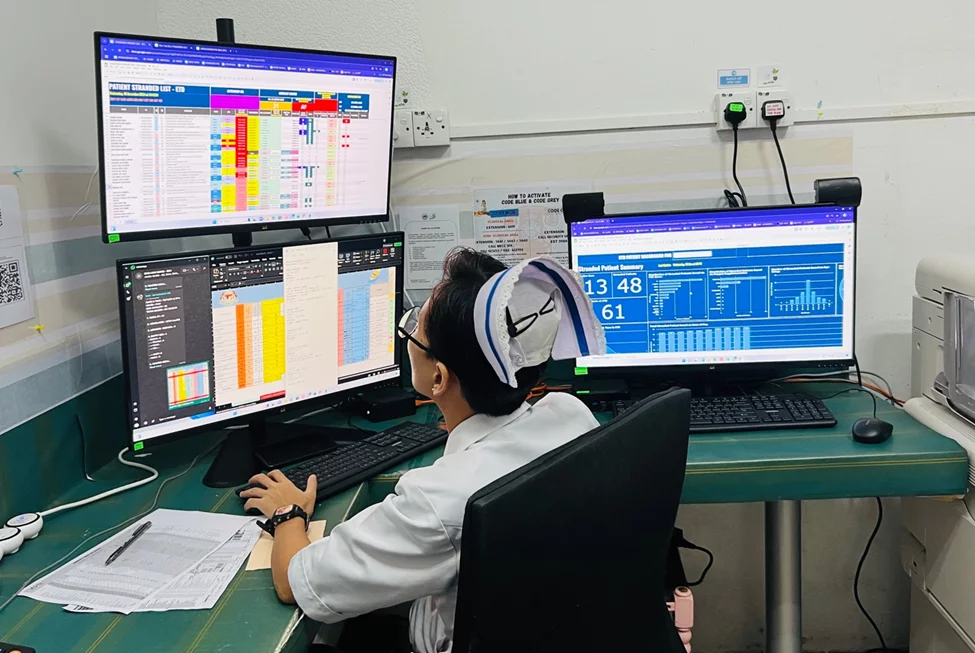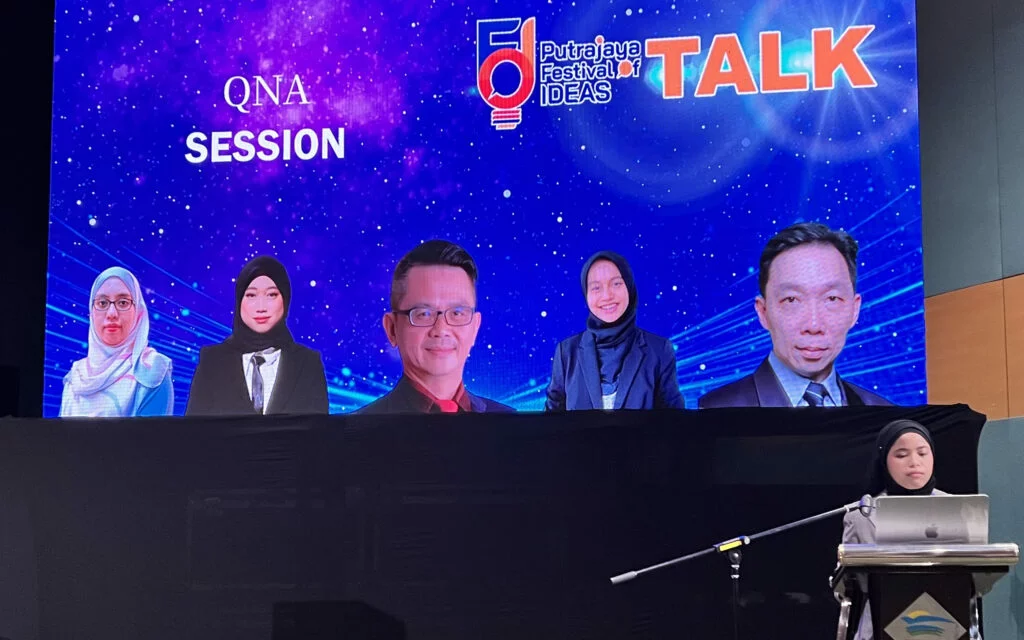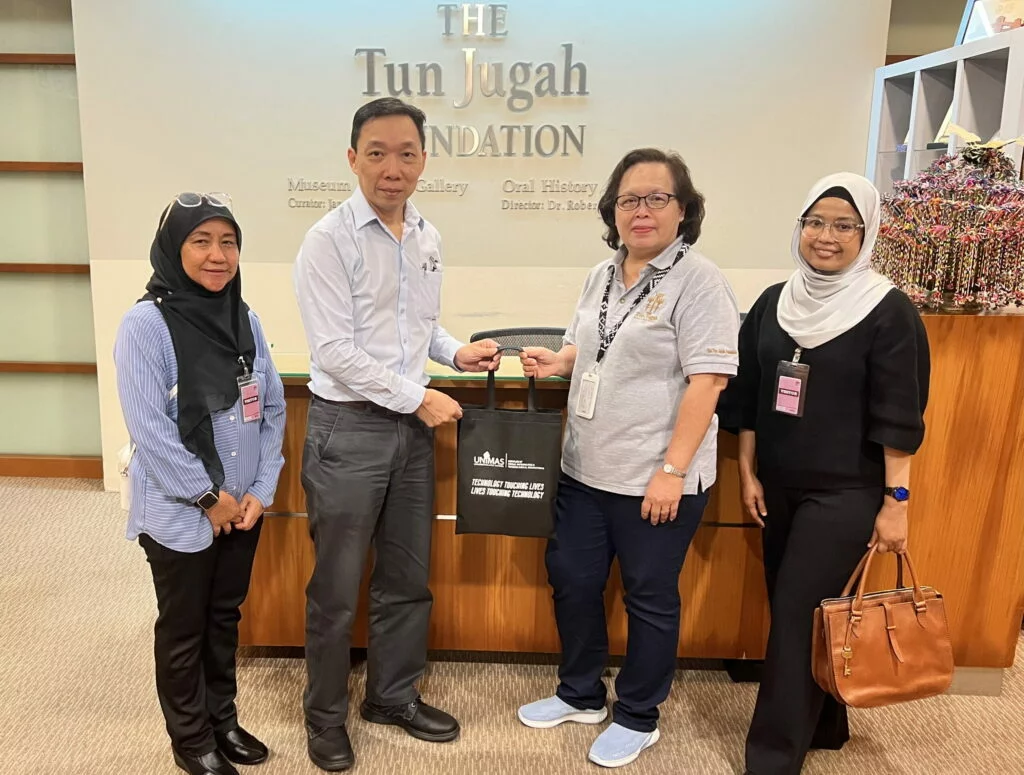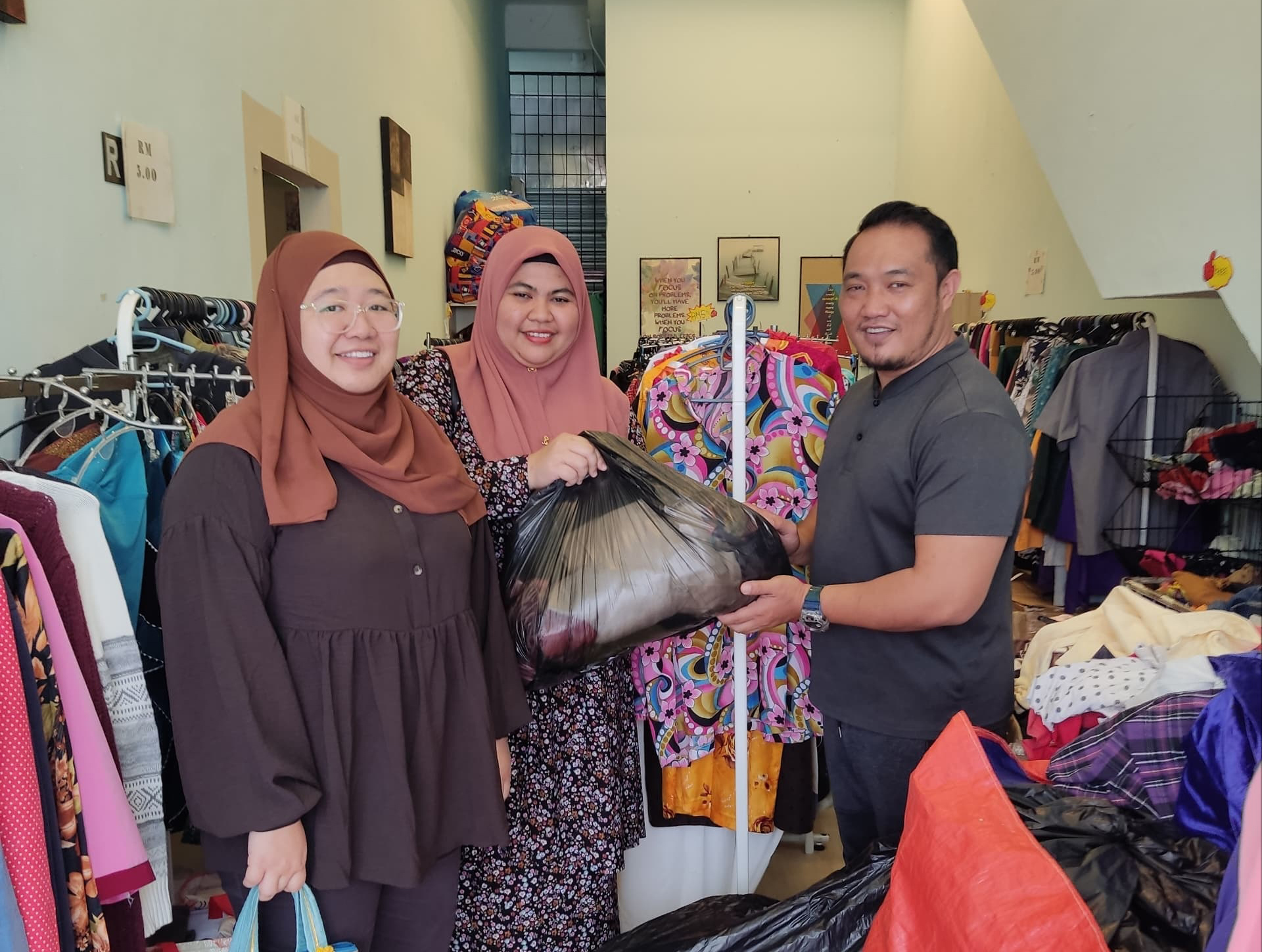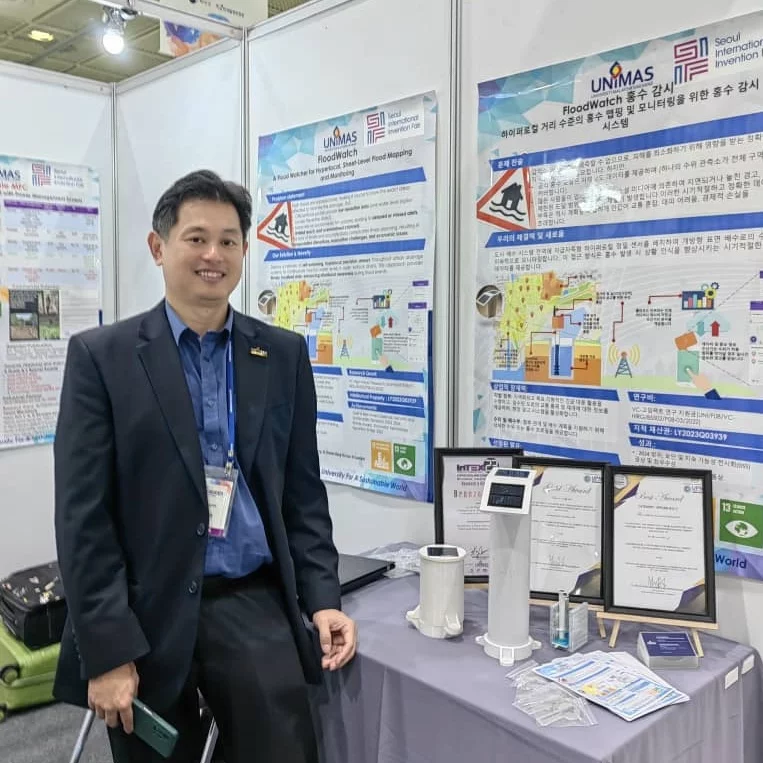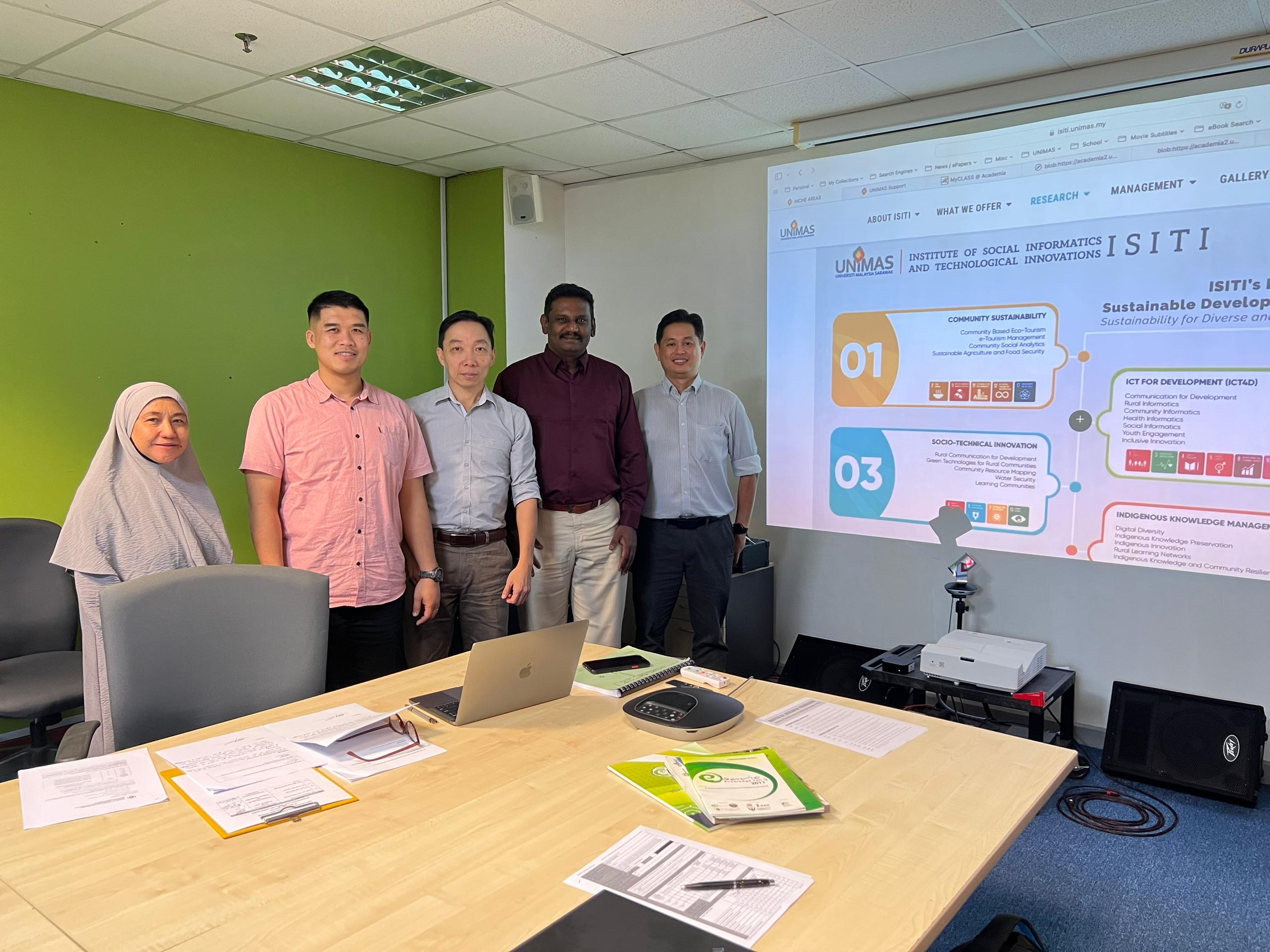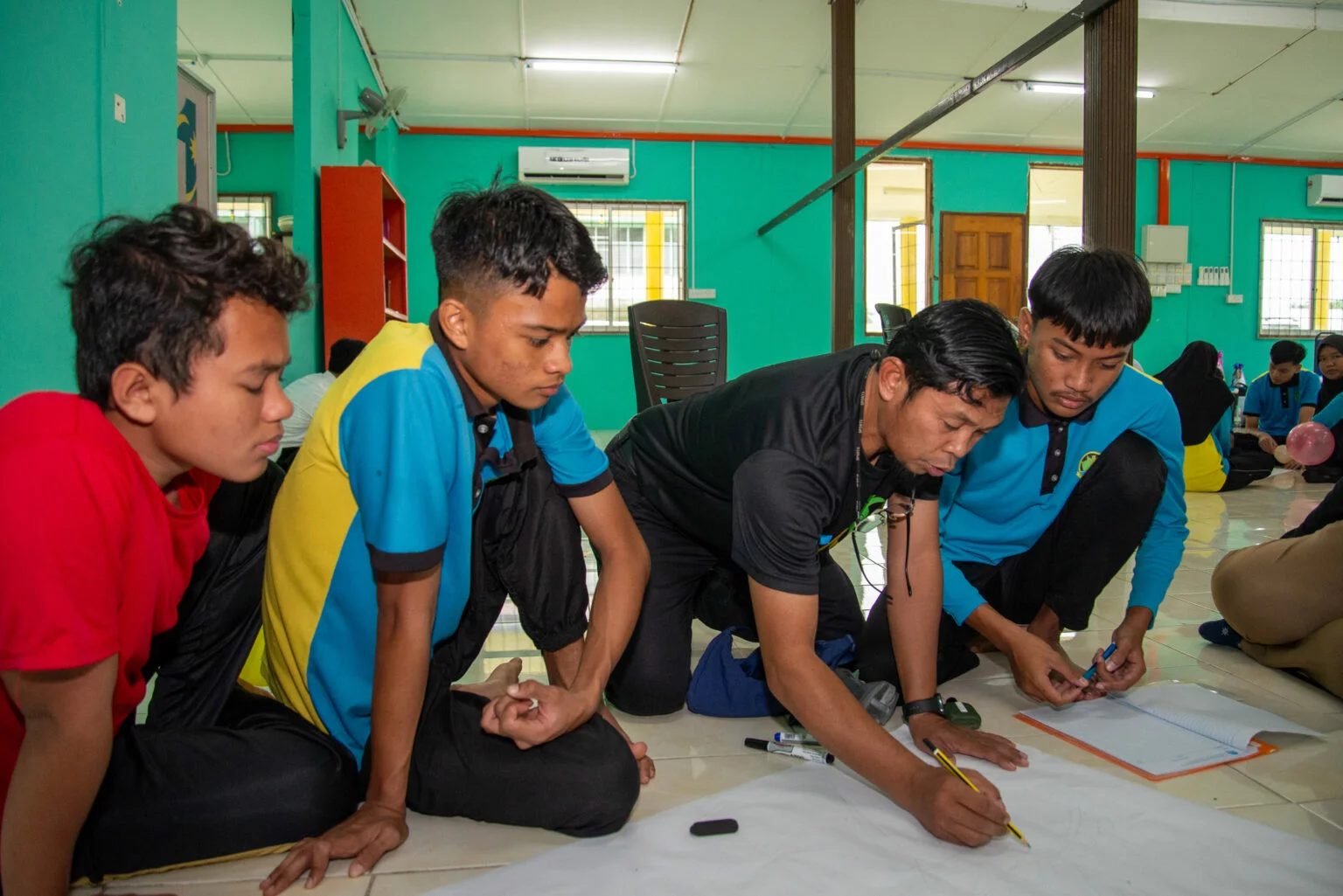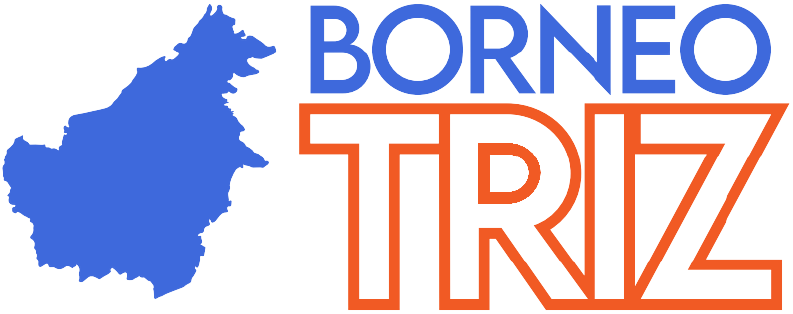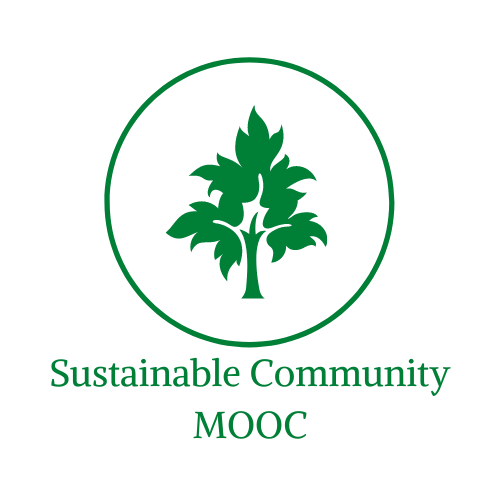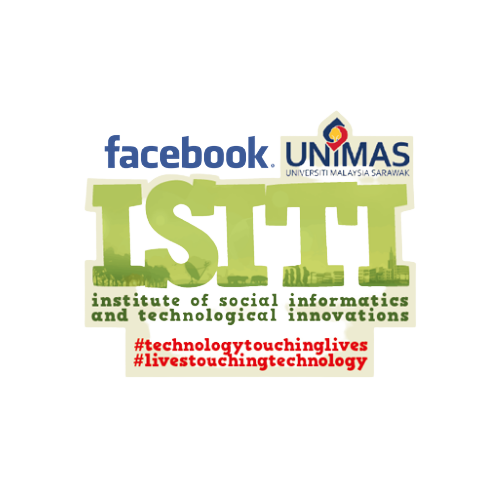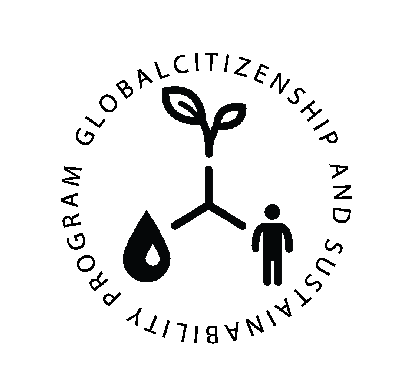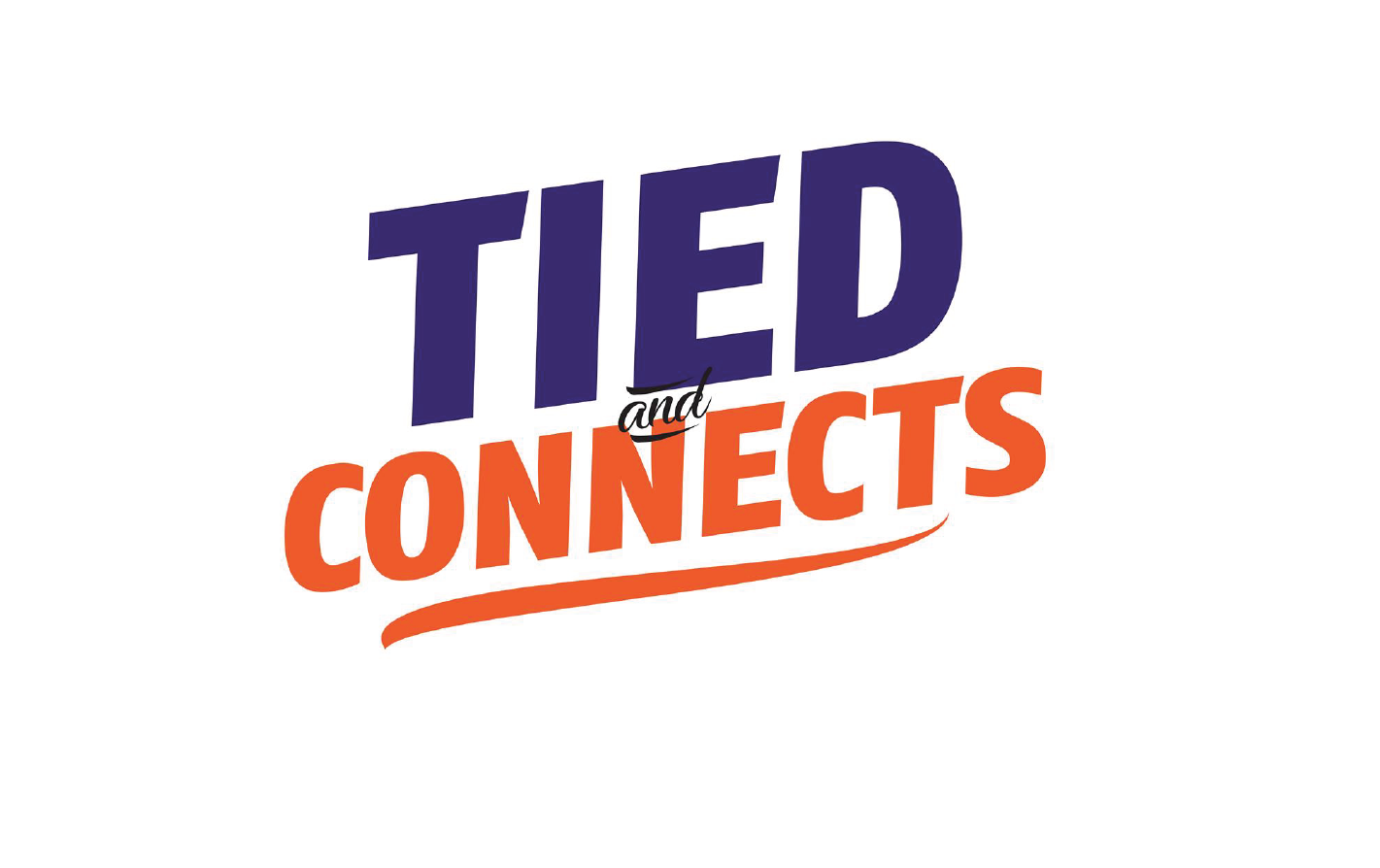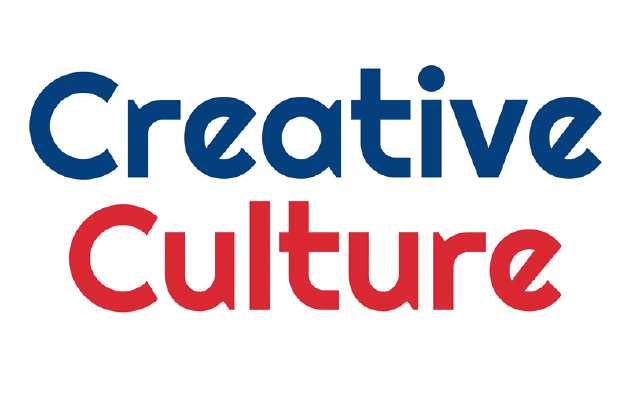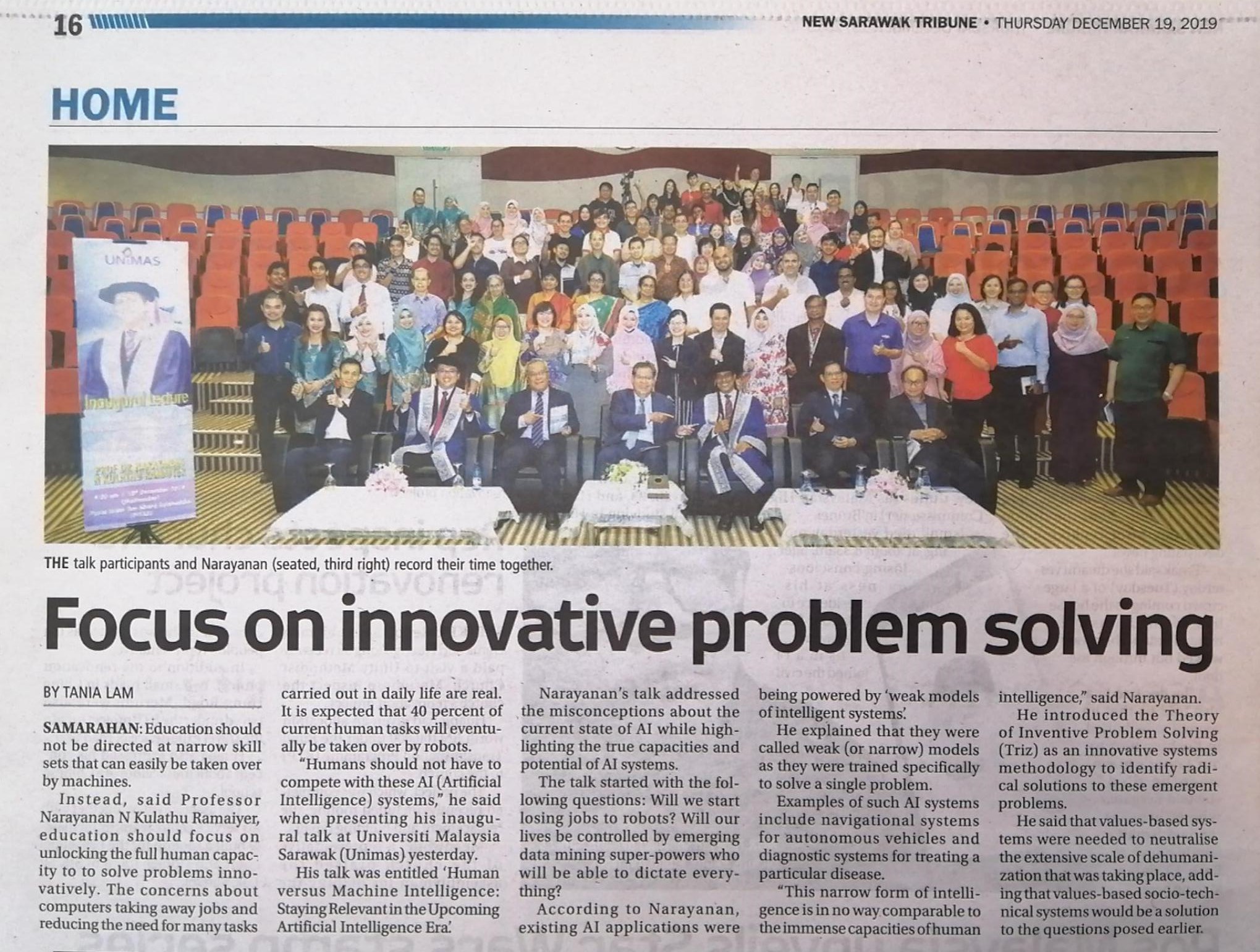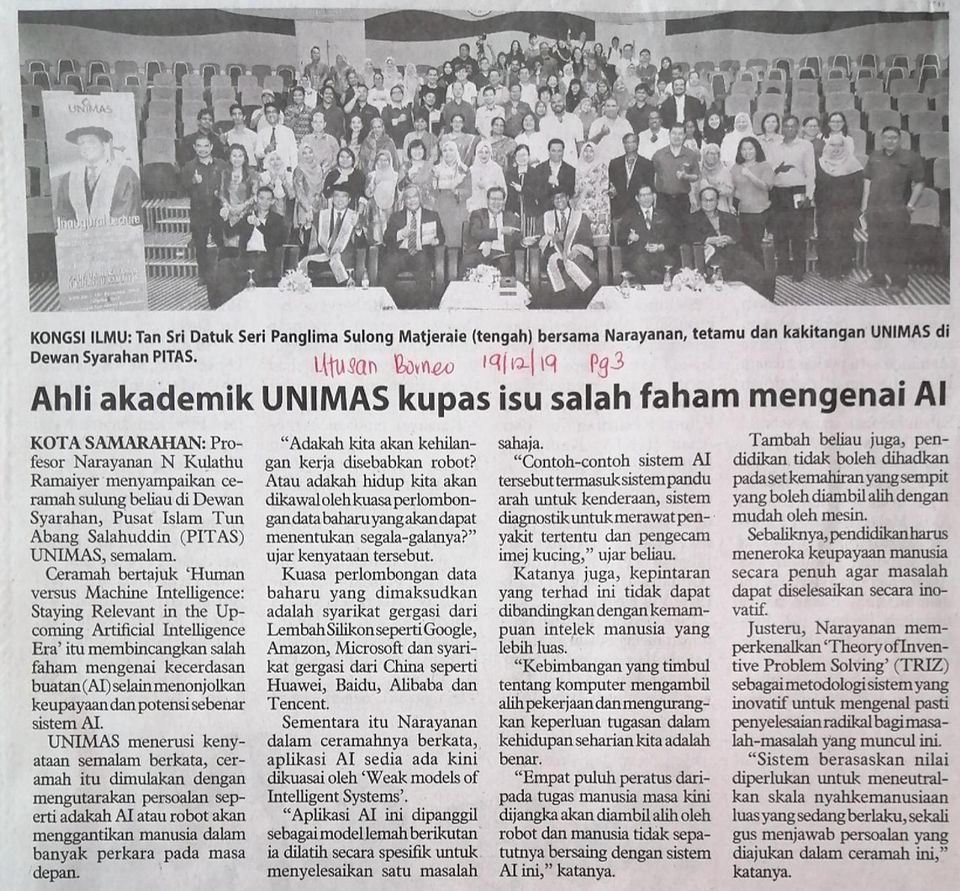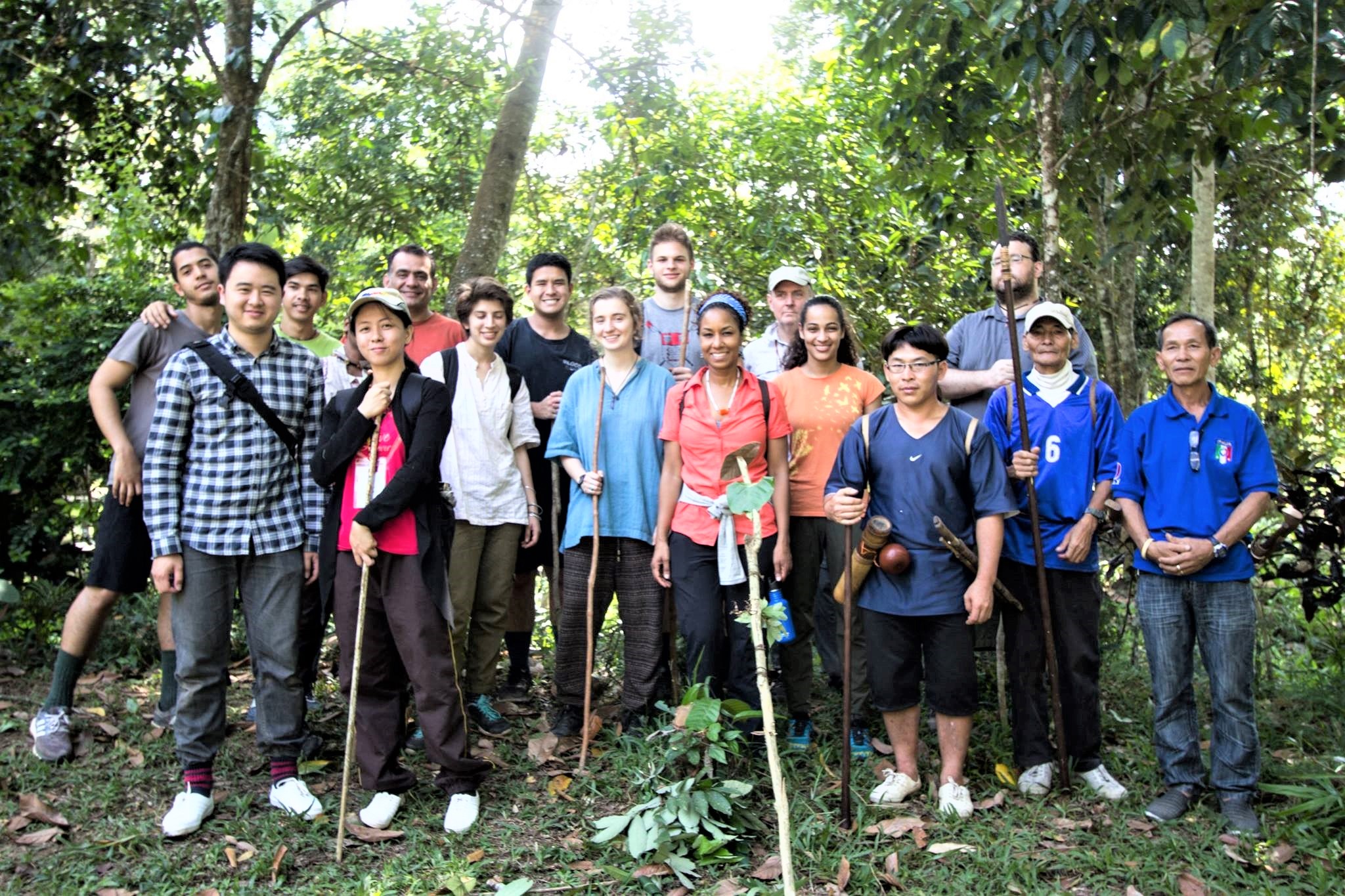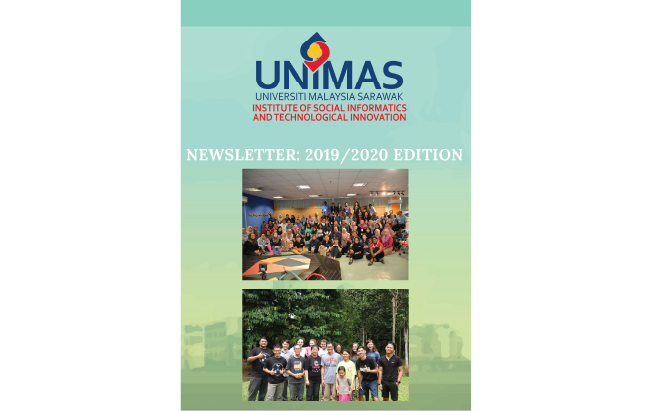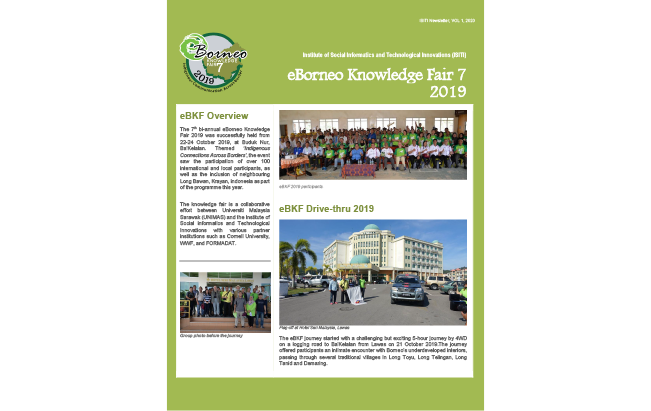Welcome to ISITI
Institute of Social Informatics and Technological Innovations (ISITI), formerly known as the Centre of Excellence for Rural Informatics (CoERI) is a research institute in University Malaysia Sarawak (UNIMAS) established in 2011. The institute aims to empower marginalized communities by developing and deploying innovative solutions catering to four niche areas: Community Sustainability, ICT for Development (ICT4D), Socio-Technical Innovation and Indigenous Knowledge Management. The institute is actively contributing to fourteen of the 17 Sustainable Development Goals (SDGs) proposed by the United Nations with its community based research projects in the rural areas.
Updates & Events
TECHNOLOGY TOUCHING LIVES
0
Postgraduate
0
Researchers
0
Staff
0
Researchs
0
Awards
0
Publications

